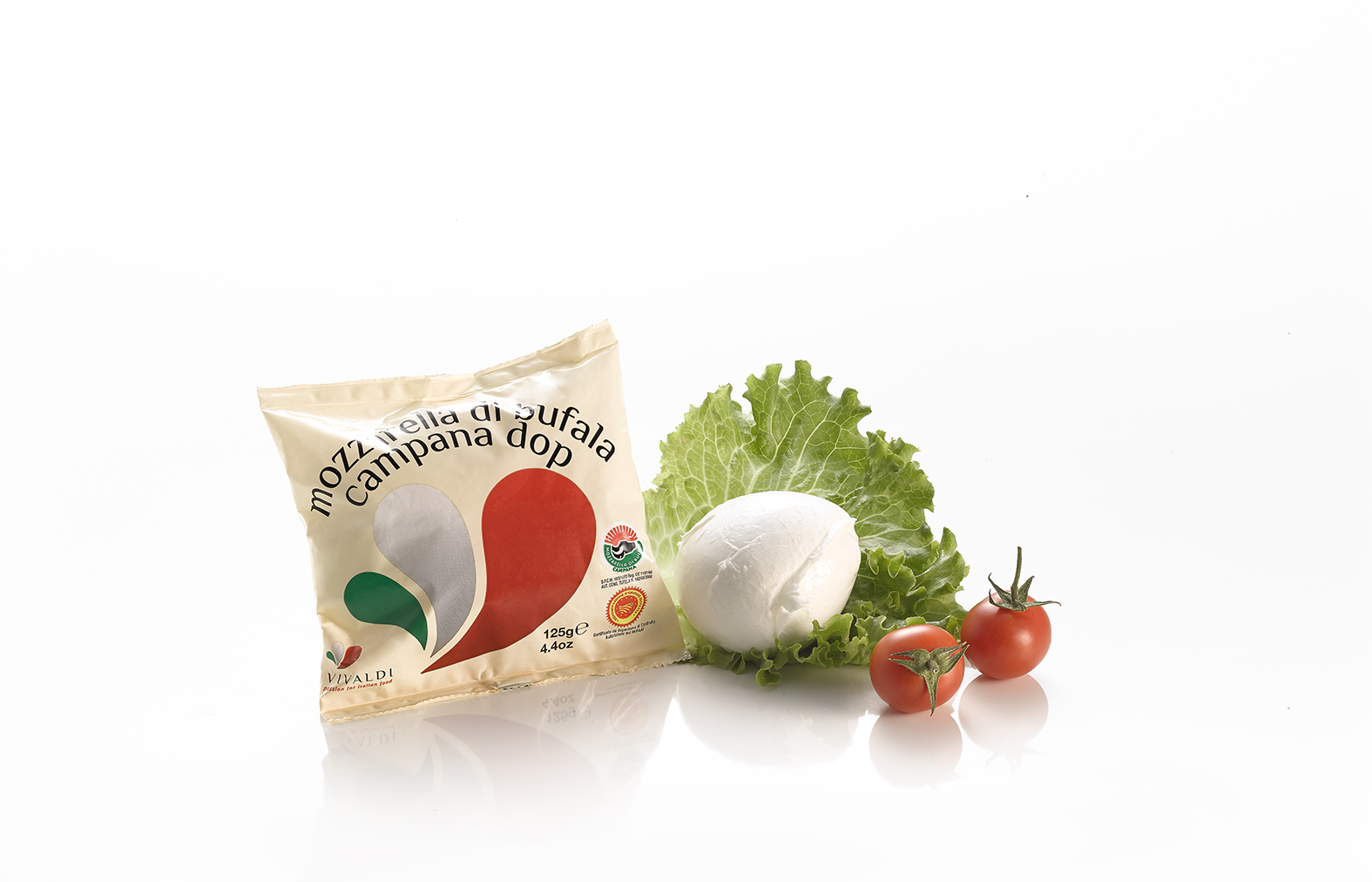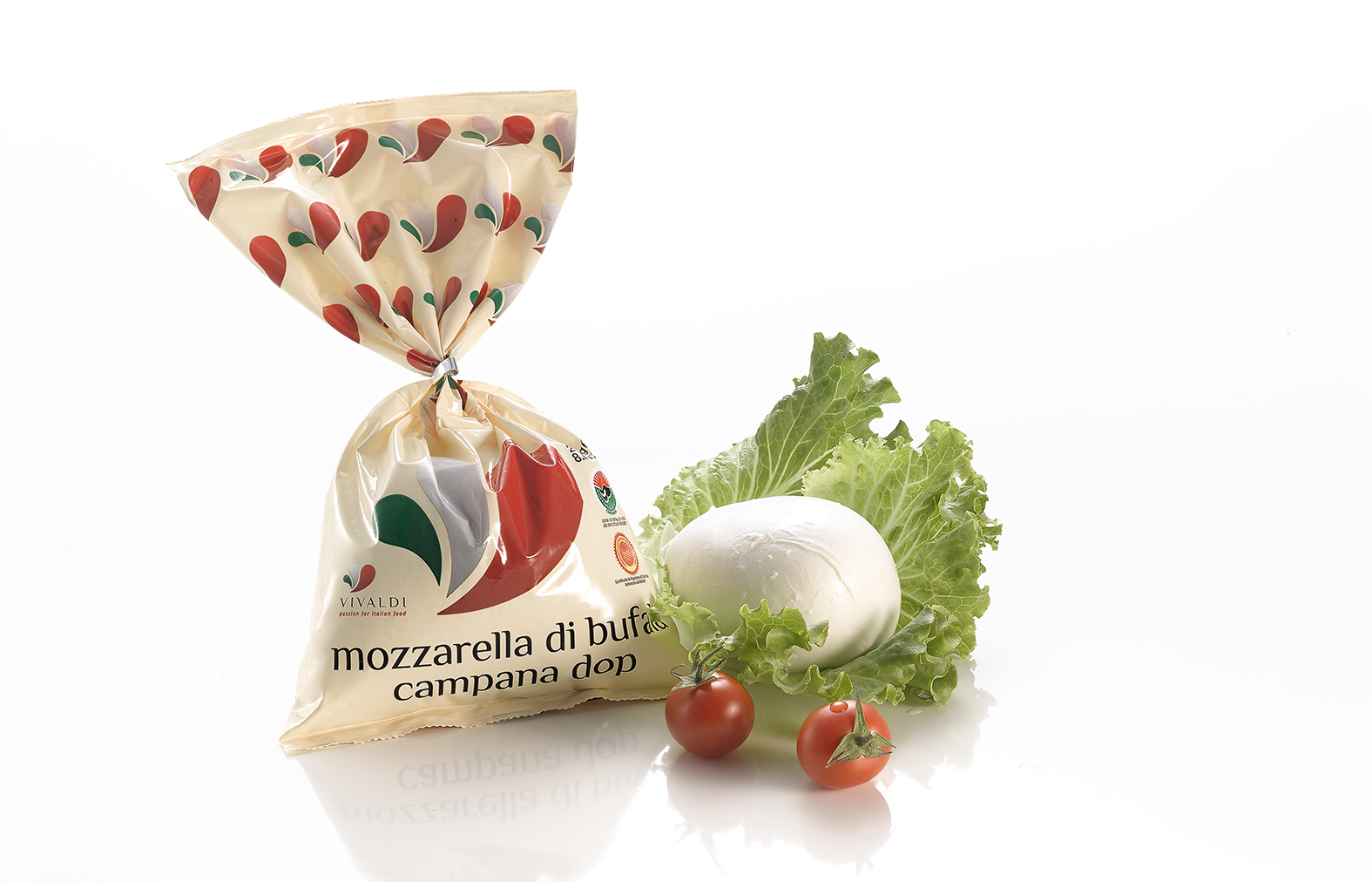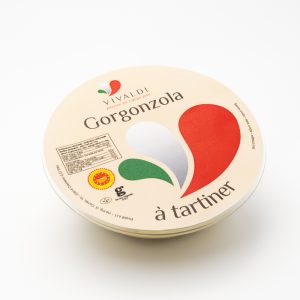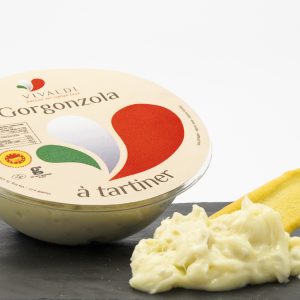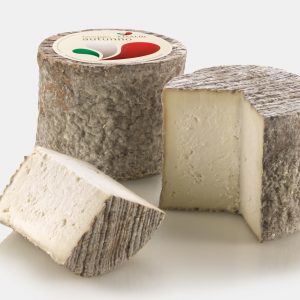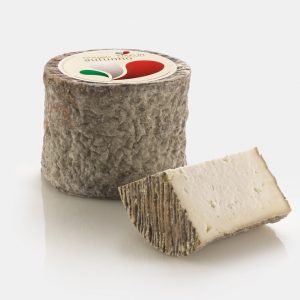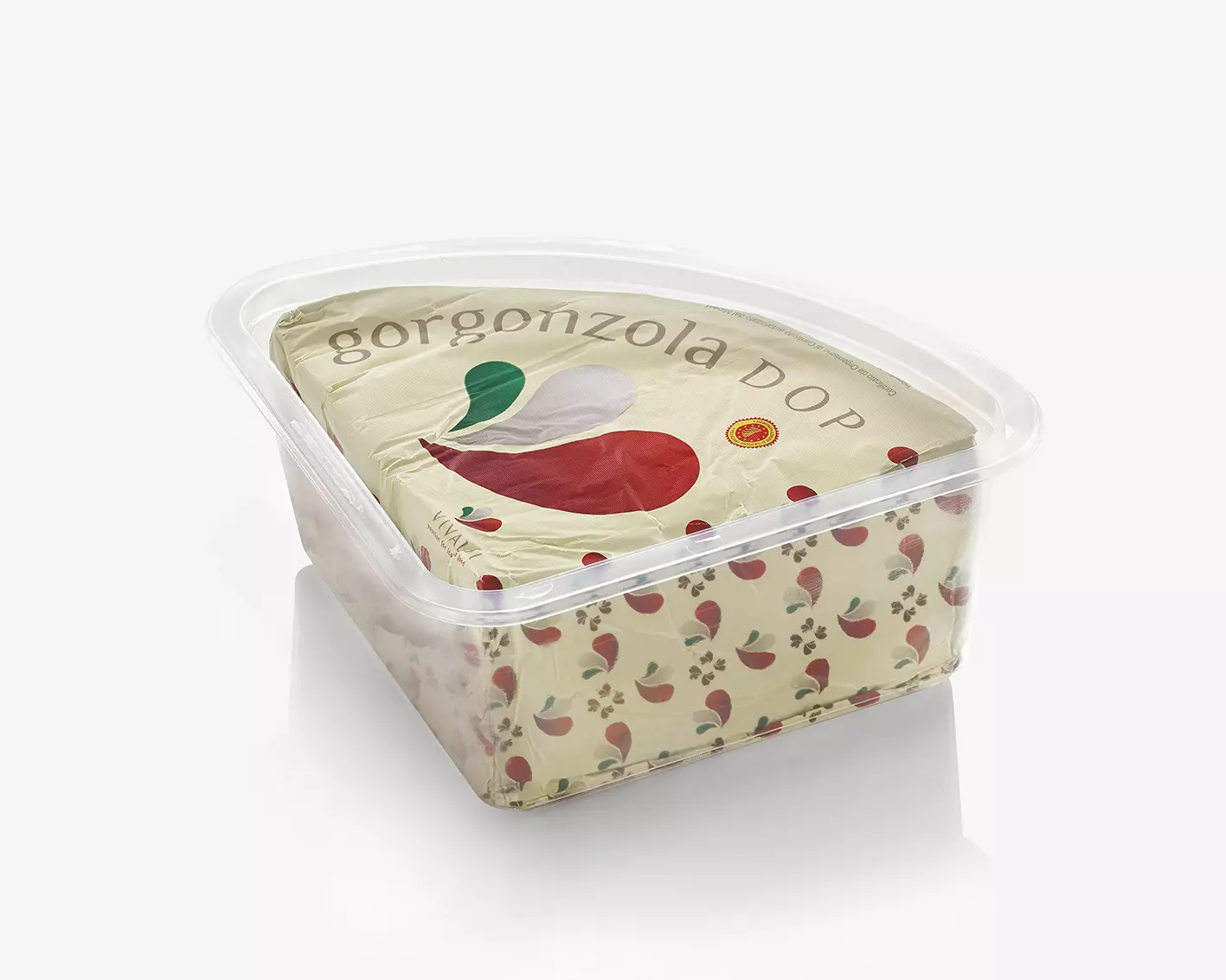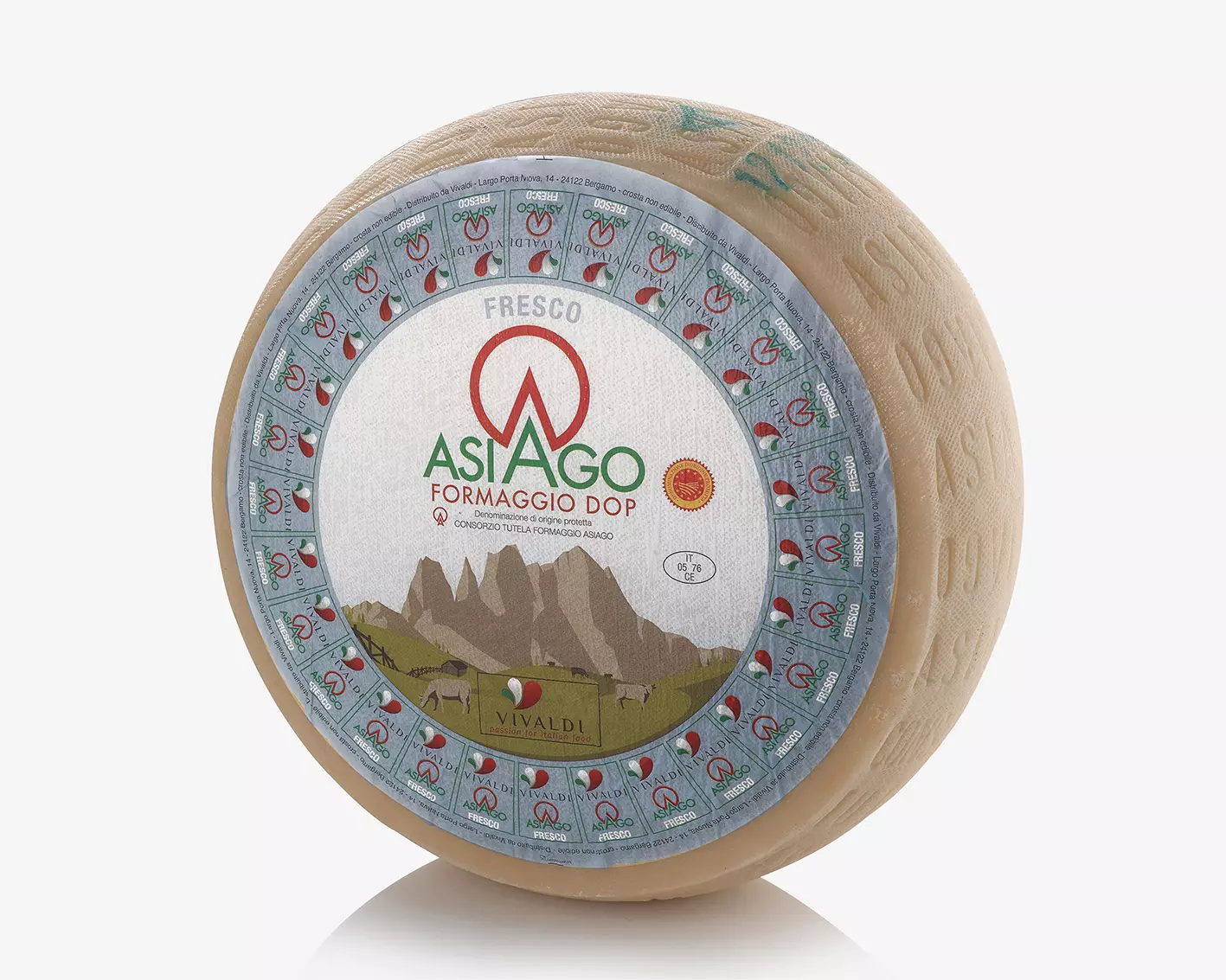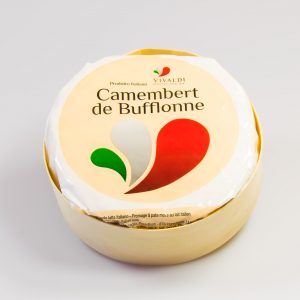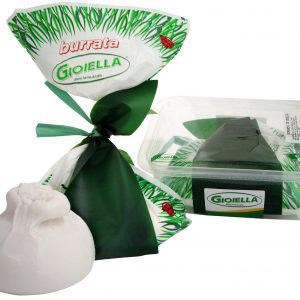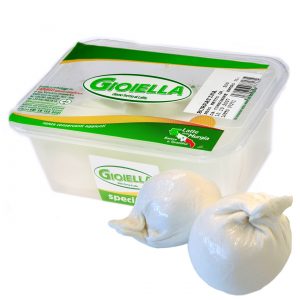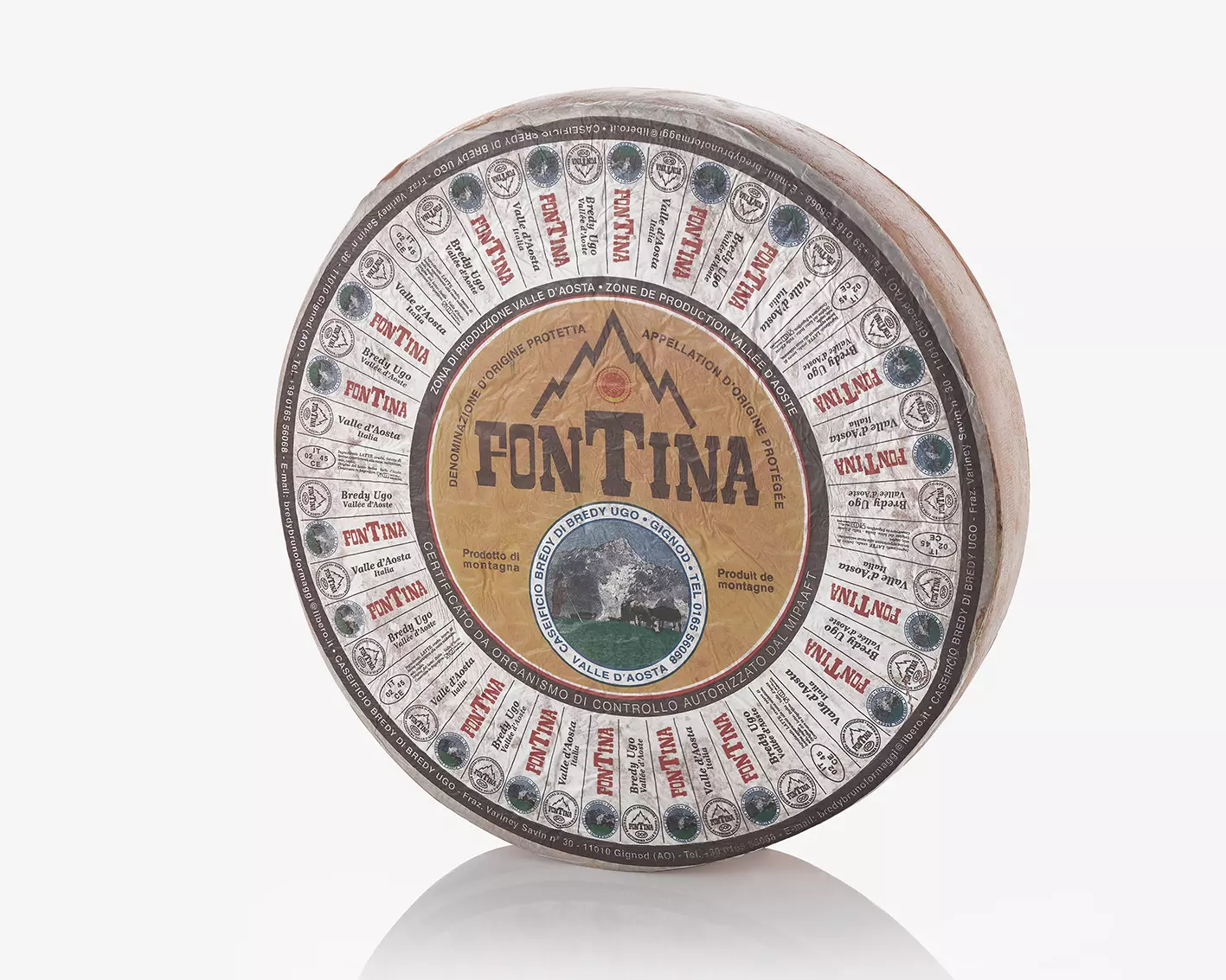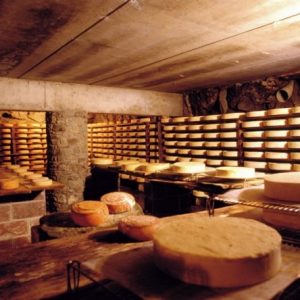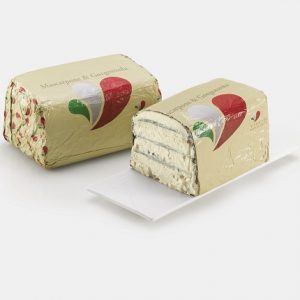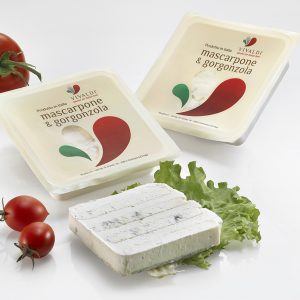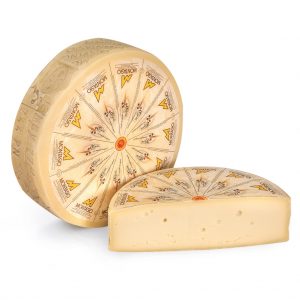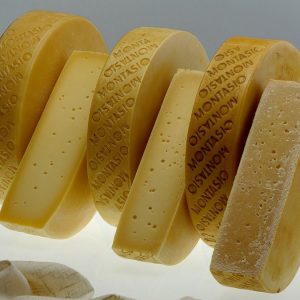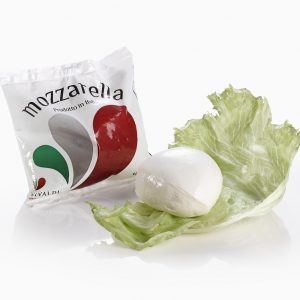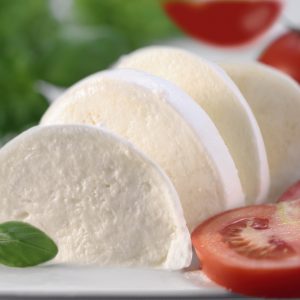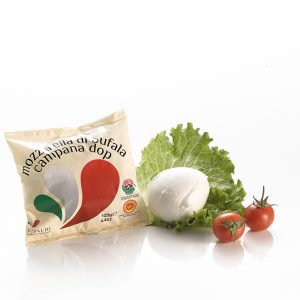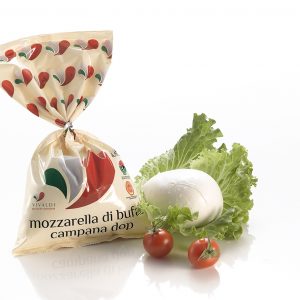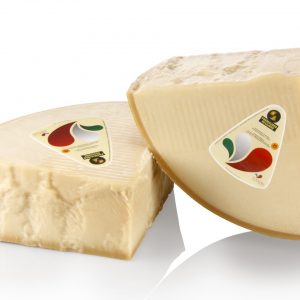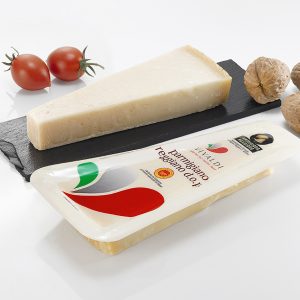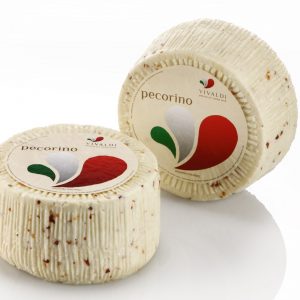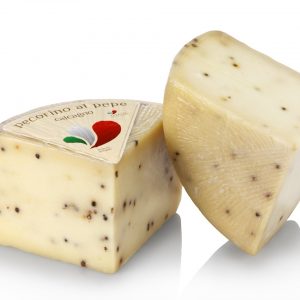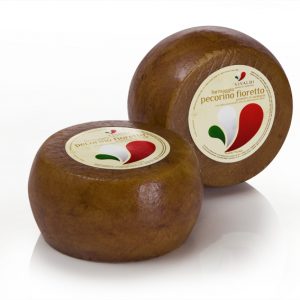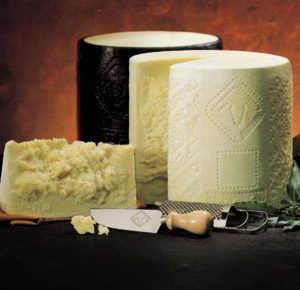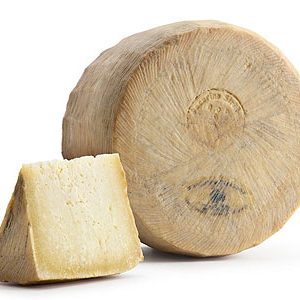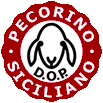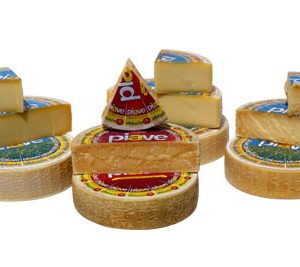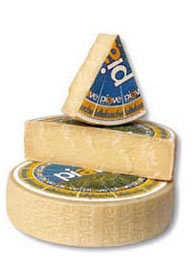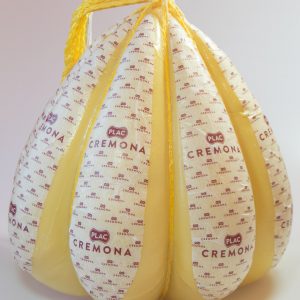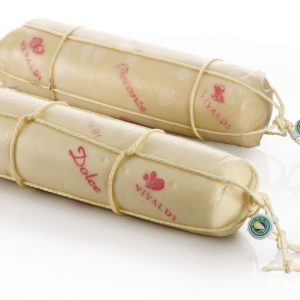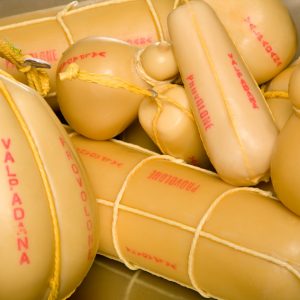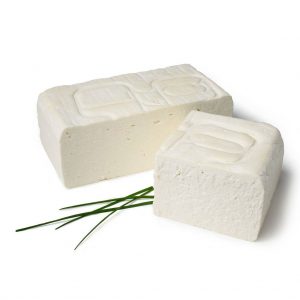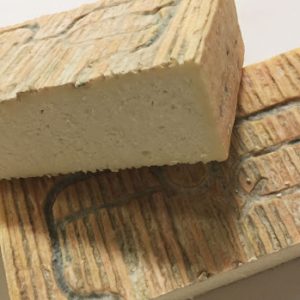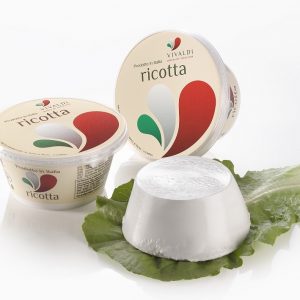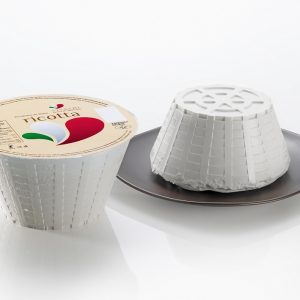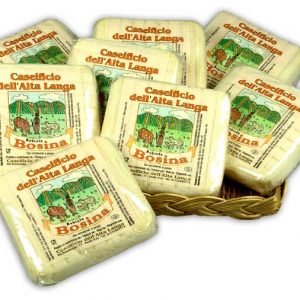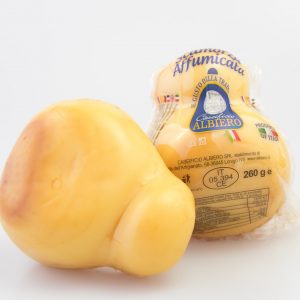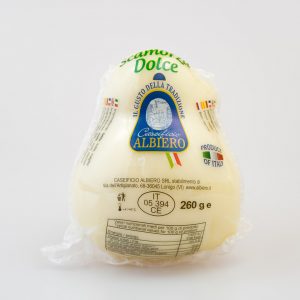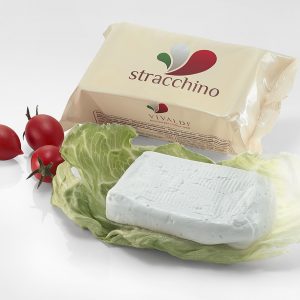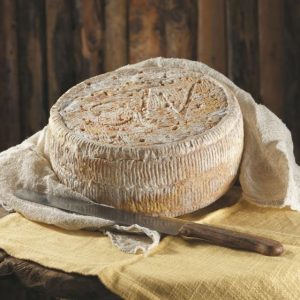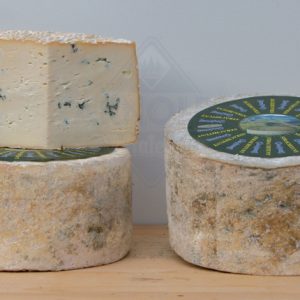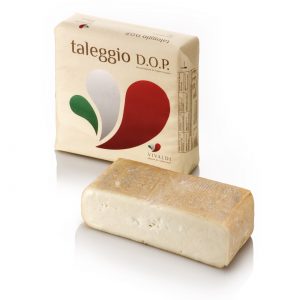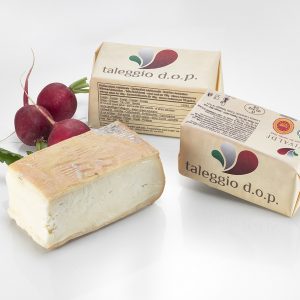Mozzarella di Bufala Campana PDO
The origins of Buffalo Mazzarella are linked to the introduction of buffalo to Italy. These animals were originally from India and were introduced into Campania, the Lower Volturno and the Plain of Sele in the 6th century by the Lombard people. These particularly marshy areas were the natural habitat for the buffalo which, initially used as working animals, were then also appreciated for the production of milk. Towards the end of the 18th century, the Bourbons created a large farm with buffalo on the royal estate of Carditello and built the first experimental dairy for the transformation of buffalo milk, which made a considerable contribution to transforming mozzarella into a product of wide consumption.
Today Campana Buffalo Mozzarella DOP has reached very high volumes of production (about 40 million kg a year) and is the most important of the DOP in central-southern Italy. Its production, like all Italian DOP cheeses, follows strict criteria: it must be made exclusively from whole buffalo’s milk, in the provinces of Caserta and Salerno, part of the provinces of Latina and Frosinone and in some communes of the provinces of Naples, Benevento and Rome.
Description
Mozzarella di Bufala Campana PDO
Mozzarella di Bufala Campana PDO – The production process starts by adding the starter whey culture of the previous day (obtained by leaving the whey from the previous process to sour naturally) and liquid calf rennet to whole milk. When the milk has coagulated, after about 20-30 minutes, the curd is roughly broken up and left to ripen in large vats under warm whey for a few hours. It is then cut, heated with steam, lifted up and stretched to form a shiny and even paste, with a stringy consistency. Once its shape has been given, which is still done by hand, cutting the paste with the index finger and thumb, then dropped into cold water and brined by immersion. Campana Buffalo Mozzarella DOP is pearly white in colour, with a very fine rind and a shiny surface on which marks can appear, to varying degrees, of where the mozzarella was broken off from the mass of paste. When cut, the stretched structure of the paste can be seen and whey oozes out, smelling of milk enzymes. It is kept in its liquid and thanks to its nutritive properties, it is an integral part of the Mediterranean Diet.

